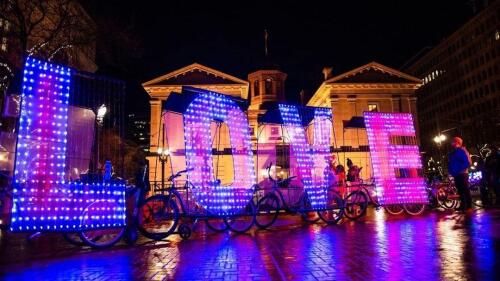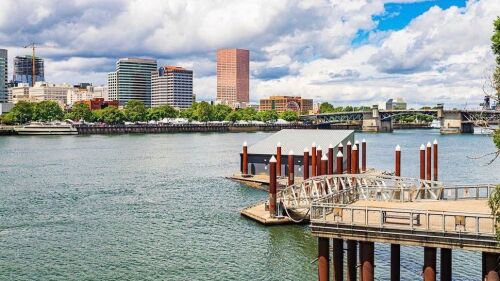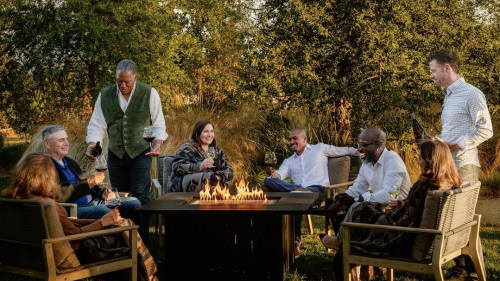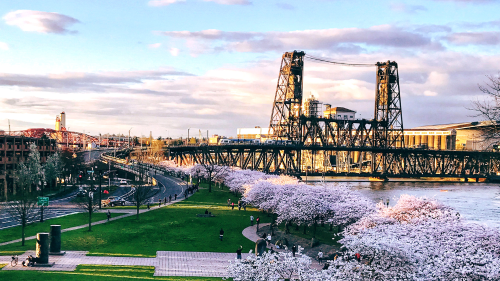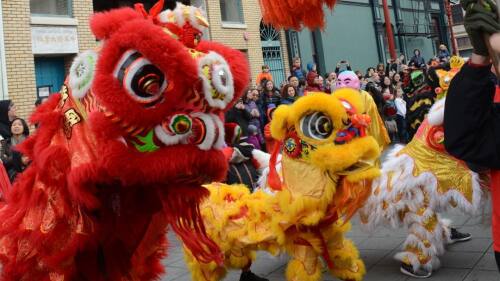As you can probably tell by Reed College’s impressive Tudor Gothic architecture, history on its campus runs deep.
Portland’s first nonsectarian college (not related to a specific religious sect or political group) opened its doors to students in 1911, and today it still hosts more than 1,400 undergraduates in Southeast Portland’s Eastmoreland neighborhood.
While you won’t encounter any sports or fraternal organizations there, you will find rigorous academic programs and prestige — its 32 Rhodes Scholars represent the second-highest count for a liberal arts college.
Let’s take a stroll back through the years to learn more.
Early history
In the late 1880s, prominent Portland Unitarian minister Thomas Lamb Eliot urged two of his parishioners, husband and wife Simeon + Amanda Reed, to utilize the fortune they had acquired in agriculture, mining, lumber, and the riverboat trade to establish an institute where “general enlightenment, intellectual and moral culture” would be paramount. So, in accordance with their estate, Reed College was founded in 1908.
National attention
Led by founding President William T. Foster (1910-1919), Reed’s faculty were outspoken pacifists against the US’ involvement in World War I. More controversy (and debate over academic freedom) came to the school’s doorstep in 1954, when the House Un-American Activities Committee investigated three of its staff members — Stanley Moore, Lloyd Reynolds, and Leonard Marsak — for alleged ties to communism.
An on-site nuclear reactor (built in 1968) is the only one in the world to be operated primarily by undergraduates, and still provides students + faculty with a neutron source to perform biology, chemistry, and physics research.
The land
A 40-acre parcel gifted from William M. Ladd’s Crystal Springs Farm apportioned the original site for the college, but it has since grown to encompass 116 acres. Crystal Springs Creek bisects Reed’s campus, and major efforts have been made (and are ongoing) to restore the natural areas’ forested canyon and lake, which serve as vital habitat for native salmon and other wildlife.
Notable alumni
Many students from Reed have gone on to become highly influential figures, including poets Gary Snyder, Philip Whalen, and Mary Barnard, iconic chef James Beard, Apple founder Steve Jobs, Wikipedia co-founder Larry Sanger, and Tektronix founder Howard Vollum.




